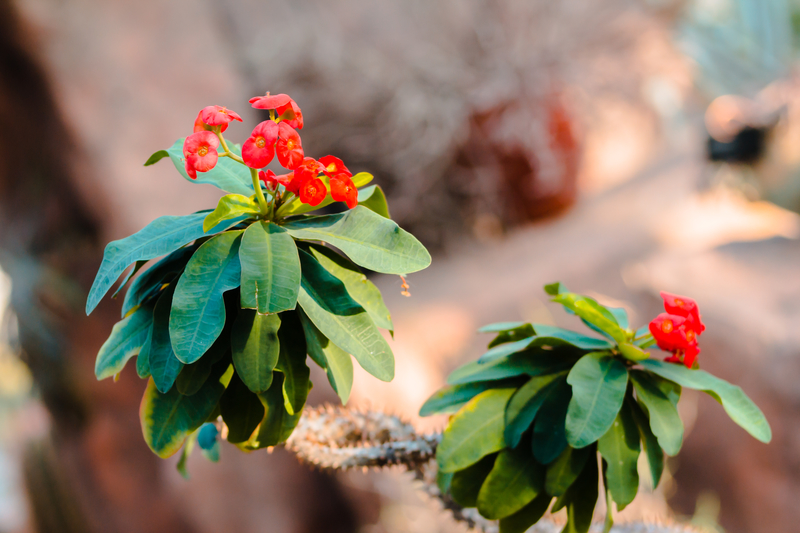People live in various geographical zones which experience different climatic and weather conditions. Despite this, we all love to have some garden within our compounds to bring about the feel of nature home. As a result, people have looked for various ways to ensure that, no matter the climatic conditions or geographical locations, every person has a way of ensuring they have gardens. So, botanists have made advancements in their research and have made it possible for people living in desert or arid places to also be able to grow their gardens of their own. This has resulted in the existence of arid gardens. Let’s look at some facts about the arid gardens:
Definition of an Arid Garden
An arid garden is a garden that’s made to only grow a collection of arid or desert plants which may go extinct due to climatic changes or harsh weather conditions in the areas of origin. The gardens are used for growing and managing plants that are hardy and as such don’t need to be watered as much as the normal regular plants grown in an average garden. These plants are chosen for their ability to flower and thrive even in seasons that are harsh to the average normal climate plant. They don’t need much watering and care; making them suited for most areas which aren’t considered to have enough rainfall or water. They also help save the grower’s water bills as they won’t have to regularly find a way of ensuring that they’re constantly sprinkled with water.
The Key Plants Grown on Arid Gardens
The most common plants that are usually planted in arid gardens include Old-man Saltbush. This plant belongs to a group of plants known as Saltbush. It’s capable of achieving a height of over 3 meters when fully grown. Old-man Saltbush is an extremely hardy plant that has the ability to tolerate soils that are very dry for long periods. The best condition for this plant is full sun. For the garden, it’s a great plant for hedging and has very striking silver foliage. To keep it from getting woody, the plant responds rather well if regularly pruned.
The other plant is Eremophila ssp. Eremophila is a genus containing 200 species of plants. Most of these plant species occur in semi-arid and arid areas in Australia.
Maireana Oppositiolia is another arid garden plant that is small in size. It has leaves that are silky-haired which are packed very tightly, narrow and greyish. The fruits of this plant are small and pinkish or greenish cream. For architectural purposes, this plant is great for most gardens. It has foliage that’s fantastic, grey and contrasts.
The Weeping Myall or Acacia Pendula is the fourth plant suitable for the arid garden. This attractive weeping wattle that’s very attractive and it has grey foliage. In the arid garden, it represents sparse tree-scape which is found in the semi-arid and arid areas of a country like Australia. It’s mostly suited for sunny dry locations but is tolerant to wide ranges of climatic conditions. In such areas, it can achieve a tree of medium size.
Conclusion
Arid gardens are a very good option for those who want to have the beauty of the arid and semi-arid plants around their homes. They have the best views all through the four seasons of the year i.e. winter, summer, spring and autumn.
